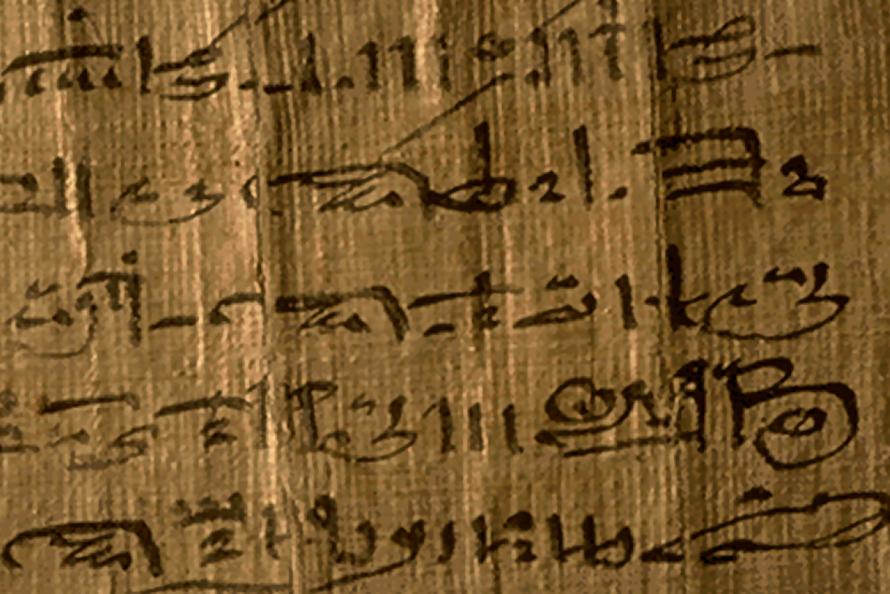

Tokens were replaced by pictographic tablets that could express not only "how many" but also "where, when, and how." This was the beginning of Sumerian cuneiform, the first known writing system, in 3100 BC. The recording of trade became necessary because production, shipments, inventories, and wage payments had to be noted, and merchants needed to preserve records of their transactions.

ĭuring the early Bronze Age, urban economies developed due to urban settlements and the development of trade. At this point, clay tokens became obsolete. Around 3100 BC signs expressing numerical value began to appear. Impressing the tokens on clay tablets was more efficient but using a stylus to inscribe the impression on the clay tablet was shown to be even more efficient and much faster for the scribes. Clay tablets were easier to store, neater to write on, and less likely to be lost. Sometimes, the token was impressed onto the wet bulla before it dried so that the owner could remember what exactly was in the bulla without having to break it.Ĭlay accounting tokens used inside of a bullaĪs the clay tokens and bulla became difficult to store and handle, impressing the tokens on clay tablets became increasingly popular. Seals would not only identify individuals, but it would also identify their office. Each party had its own unique seal to identify them. Seals were impressed into the opening of the bullae to prevent tampering. In order to account for the tokens, the bullae would have to be broken open to reveal their contents. Transactions for trading needed to be accounted for efficiently, so the clay tokens were placed in a clay ball (bulla), which helped to prevent deception and kept all the tokens together. As the amount of goods being produced increased and the exchanging of goods became more common, changes to tokens were made to keep up with the growth. The tokens were similar in size, material, and color but the markings had more of a variety of shapes. This clay token system went unchanged for about 4,000 years until the tokens started to become more elaborate in appearance. Because grain production became such a major part of life, they needed to store their extra grain in shared facilities and account for their food. Ĭlay tokens allowed agriculturalists to keep track of animals and food that had been traded, stored, and/or sold. Small clay tokens were formed and shaped by the palms to represent certain animals and goods. Oriental Institute Museum, Chicago.ĭuring the period 8,000–7,500 BC, the Sumerian agriculturalists needed a way to keep records of their animals and goods. Two clay bullae, one complete and sealed, the other broken with tokens visible, Uruk period. Bullae are still occasionally attached to documents for these purposes (e.g., the seal on a papal bull). : 24 From about the 4th millennium BC onwards, as communications on papyrus and parchment became widespread, bullae evolved into simpler tokens that were attached to the documents with cord, and impressed with a unique sign (i.e., a seal) : 29 to provide the same kind of authoritative identification and for tamper-proofing. In this form, bullae represent one of the earliest forms of specialization in the ancient world, and likely required skill to create. In their oldest attested form, as used in the ancient Near East and the Middle East of the 8th millennium BC onwards, bullae were hollow clay balls that contained other smaller tokens that identified the quantity and types of goods being recorded. Uruk period (4000–3100 BC).Ī bulla ( Medieval Latin for "a round seal", from Classical Latin bulla, "bubble, blob" plural bullae) isĪn inscribed clay or soft metal (such as lead or tin) or bitumen or wax token used in commercial and legal documentation as a form of authentication and for tamper-proofing whatever is attached to it (or, in the historical form, contained in it). A bulla (or clay envelope) and its contents on display at the Louvre.


 0 kommentar(er)
0 kommentar(er)
